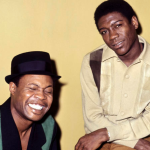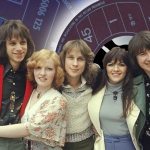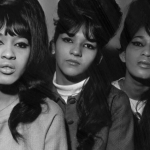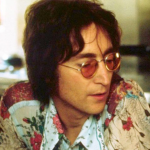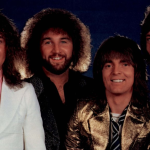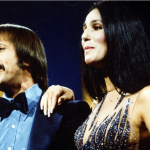“Burning Down the House” – Talking Heads
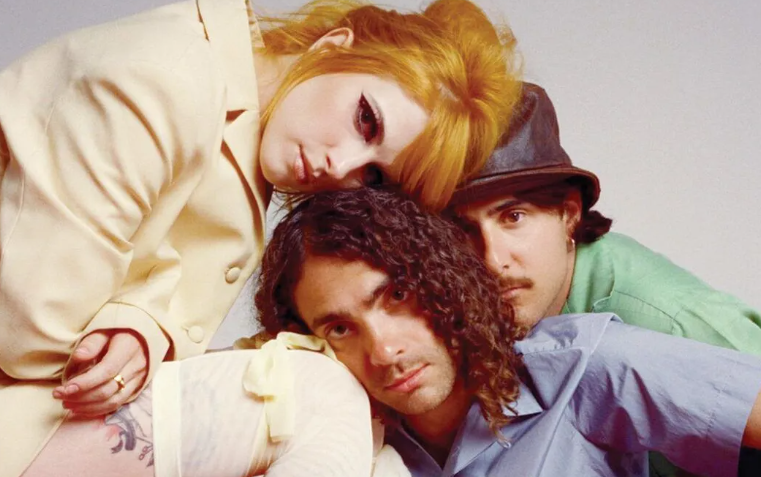
Released in 1983, “Burning Down the House” by Talking Heads is a new wave anthem that captures themes of chaos, transformation, and social upheaval. Known for its driving rhythm, eclectic instrumentation, and David Byrne’s distinctive vocal style, the song became a defining track of the 1980s. This essay delves into the lyrical themes, musical composition, and cultural significance of “Burning Down the House,” highlighting its exploration of change and the subversion of societal norms.
At its core, “Burning Down the House” is a song that evokes a sense of imminent change and disruption. The opening lines, “Watch out, you might get what you’re after / Cool babies, strange but not a stranger,” immediately set a tone of urgency and unpredictability. The protagonist seems to be issuing a warning about the volatile nature of the times, suggesting a world on the brink of transformation.

The chorus, “Burning down the house,” encapsulates the song’s central theme of radical change and destruction. The repetition of this line emphasizes the intensity and inevitability of the transformation taking place. The act of “burning down the house” symbolizes a break from the past and the dismantling of established structures, paving the way for something new and unpredictable.
The verses further explore these themes with surreal and enigmatic imagery. Lines like “Hold tight, wait ’til the party’s over / Hold tight, we’re in for nasty weather” evoke a sense of anticipation and tension. The protagonist navigates a landscape filled with uncertainty and chaos, reflecting the broader societal and cultural shifts of the era.
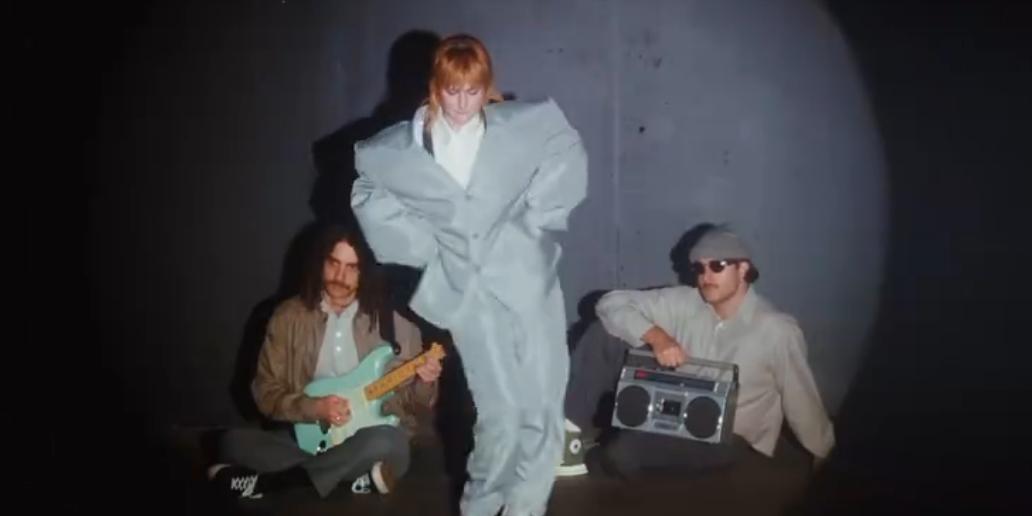
Musically, “Burning Down the House” is characterized by its energetic rhythm, eclectic instrumentation, and innovative production. The song features a mix of funky bass lines, sharp guitar riffs, and dynamic percussion that create a sense of urgency and momentum. The use of synthesizers and electronic elements adds to the song’s eclectic sound, creating a rich and layered musical landscape.
David Byrne’s vocal performance is central to the song’s impact, conveying a mix of intensity, eccentricity, and charisma. His distinctive vocal delivery captures the chaotic and unpredictable nature of the lyrics, from moments of frenetic energy to reflective calm. The backing vocals and harmonies contribute to the song’s dynamic quality, enhancing its anthemic and memorable nature.

Released during a time of significant social and cultural change, “Burning Down the House” resonated with audiences who were drawn to its themes of disruption and transformation. Its success on international charts and its enduring popularity have solidified its status as a seminal song of the 1980s. The song’s cultural significance lies in its ability to capture the zeitgeist of the era, reflecting broader themes of societal upheaval and the subversion of norms.
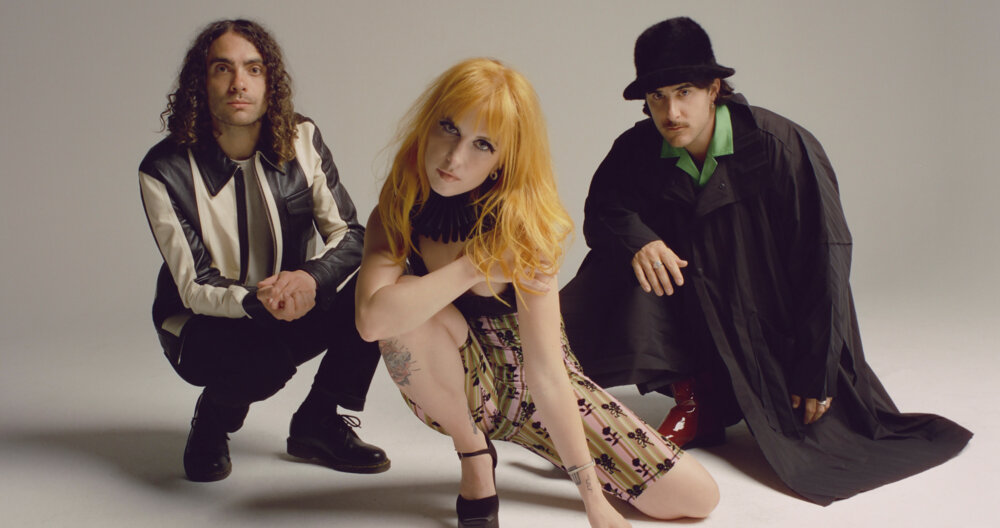
In conclusion, “Burning Down the House” by Talking Heads is a powerful and dynamic song that explores themes of chaos, transformation, and social commentary with depth and innovation. Through its evocative lyrics, eclectic musical composition, and David Byrne’s distinctive vocal performance, the song offers a compelling reflection on the human experience of navigating change and upheaval. Its cultural impact and lasting legacy highlight the enduring appeal of music that challenges conventions and resonates with listeners on a profound level. As we listen to “Burning Down the House,” we are reminded of the transformative power of embracing change and the potential for renewal that comes from breaking free of the past.
Video:

